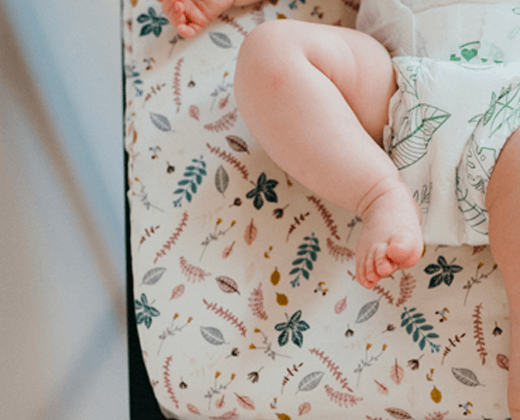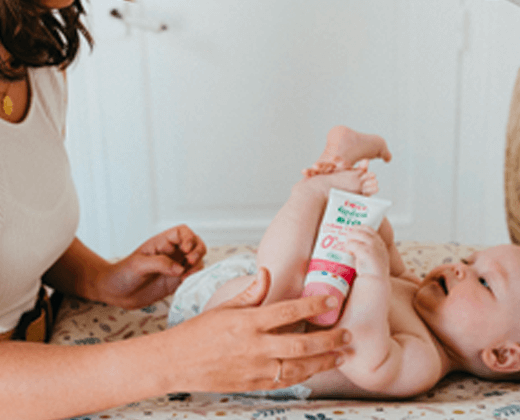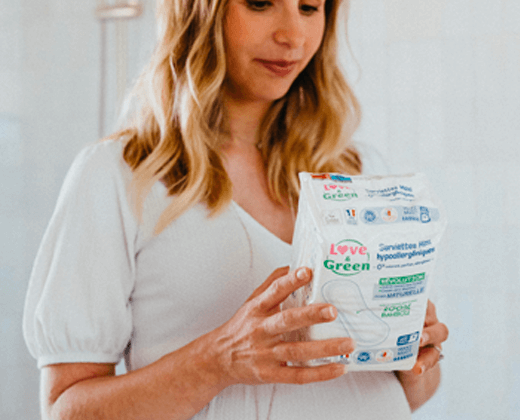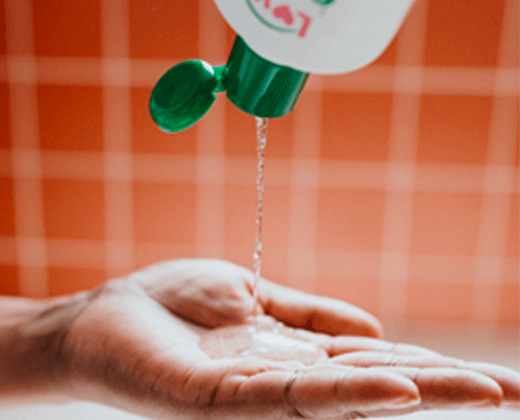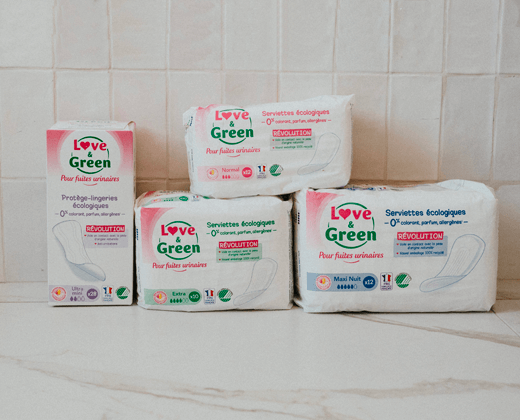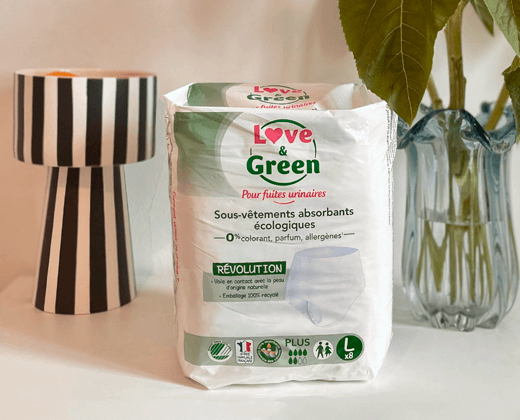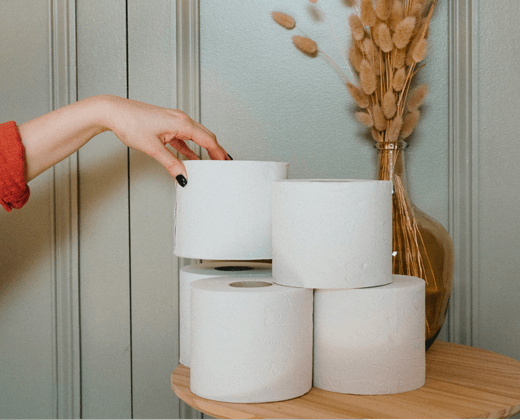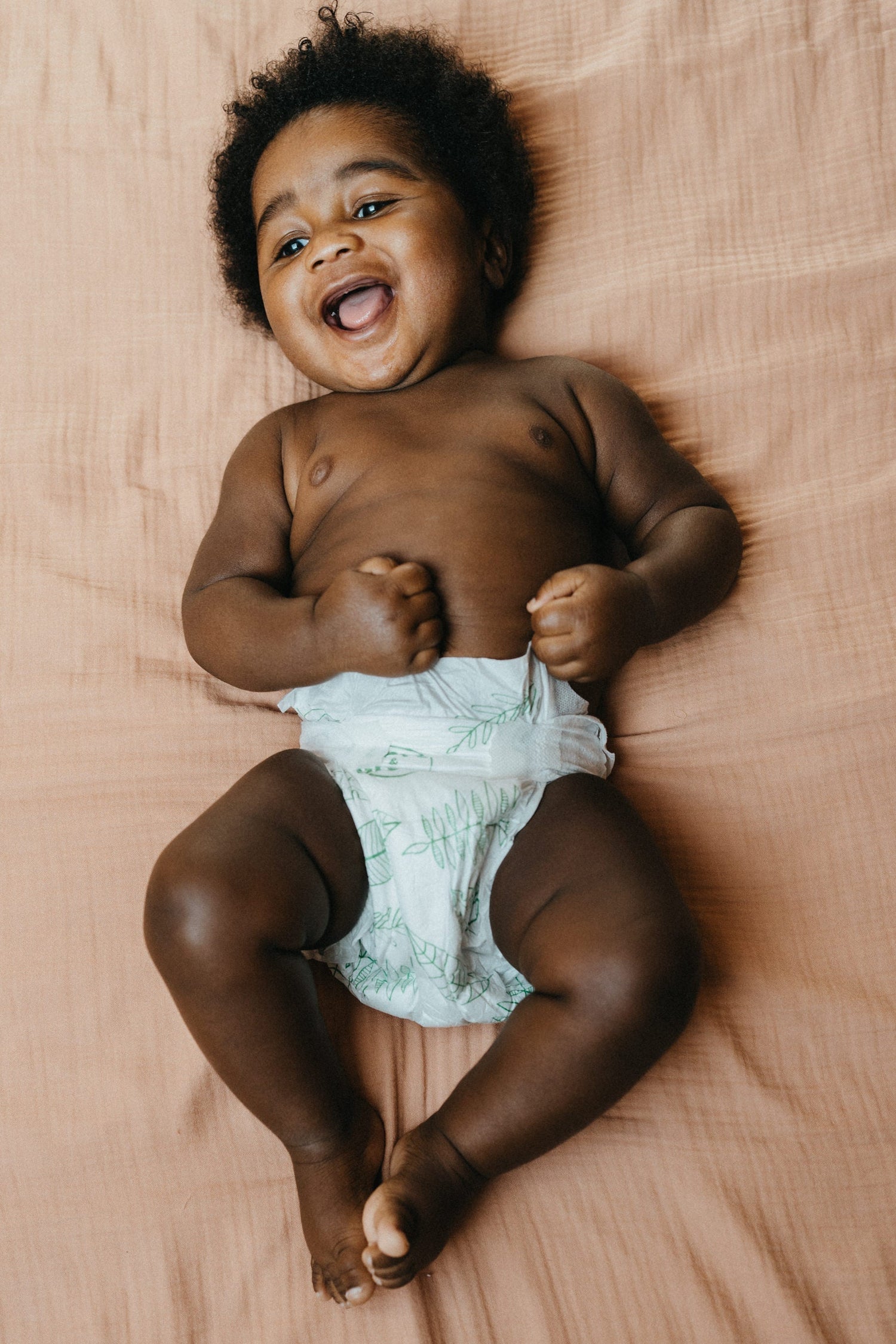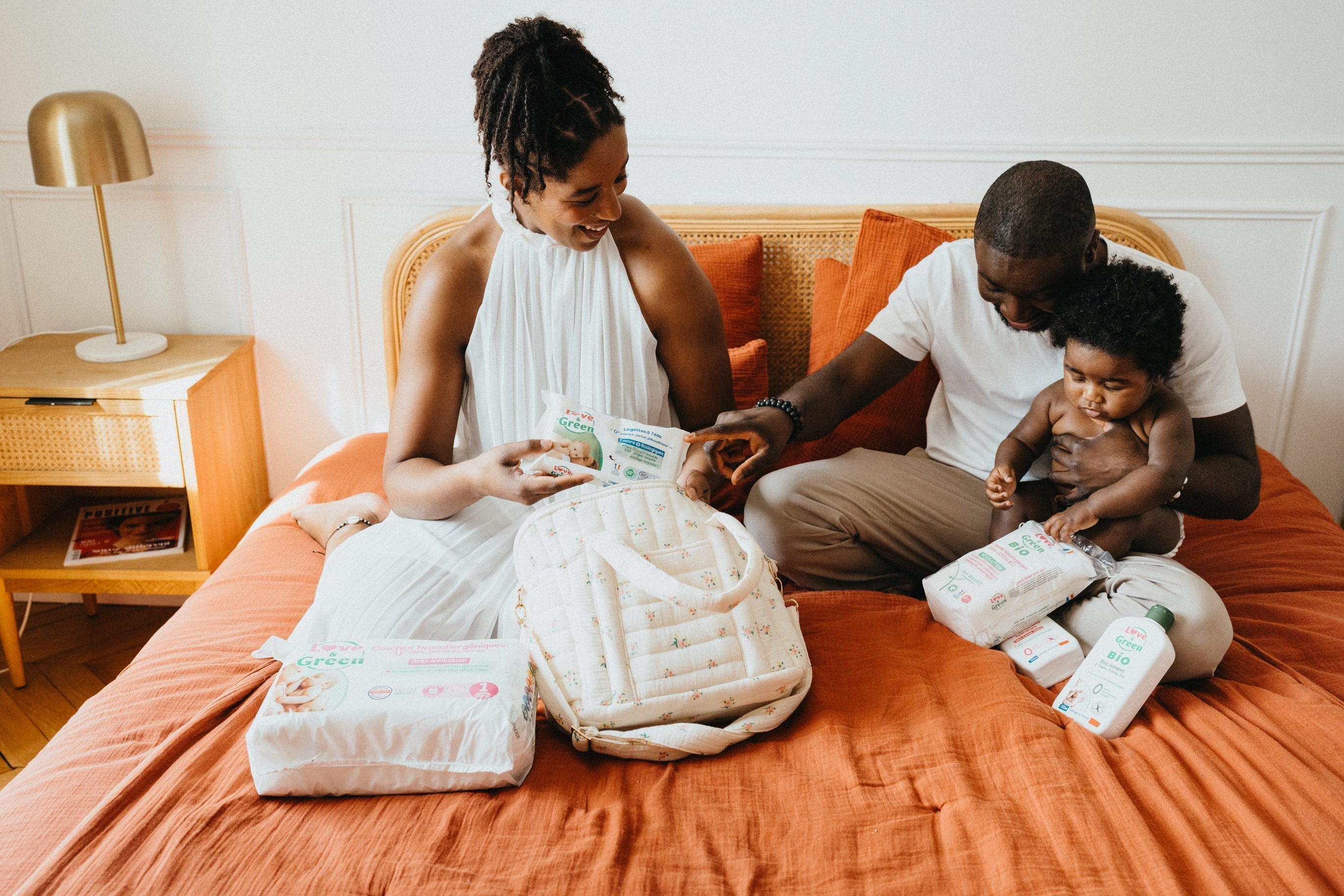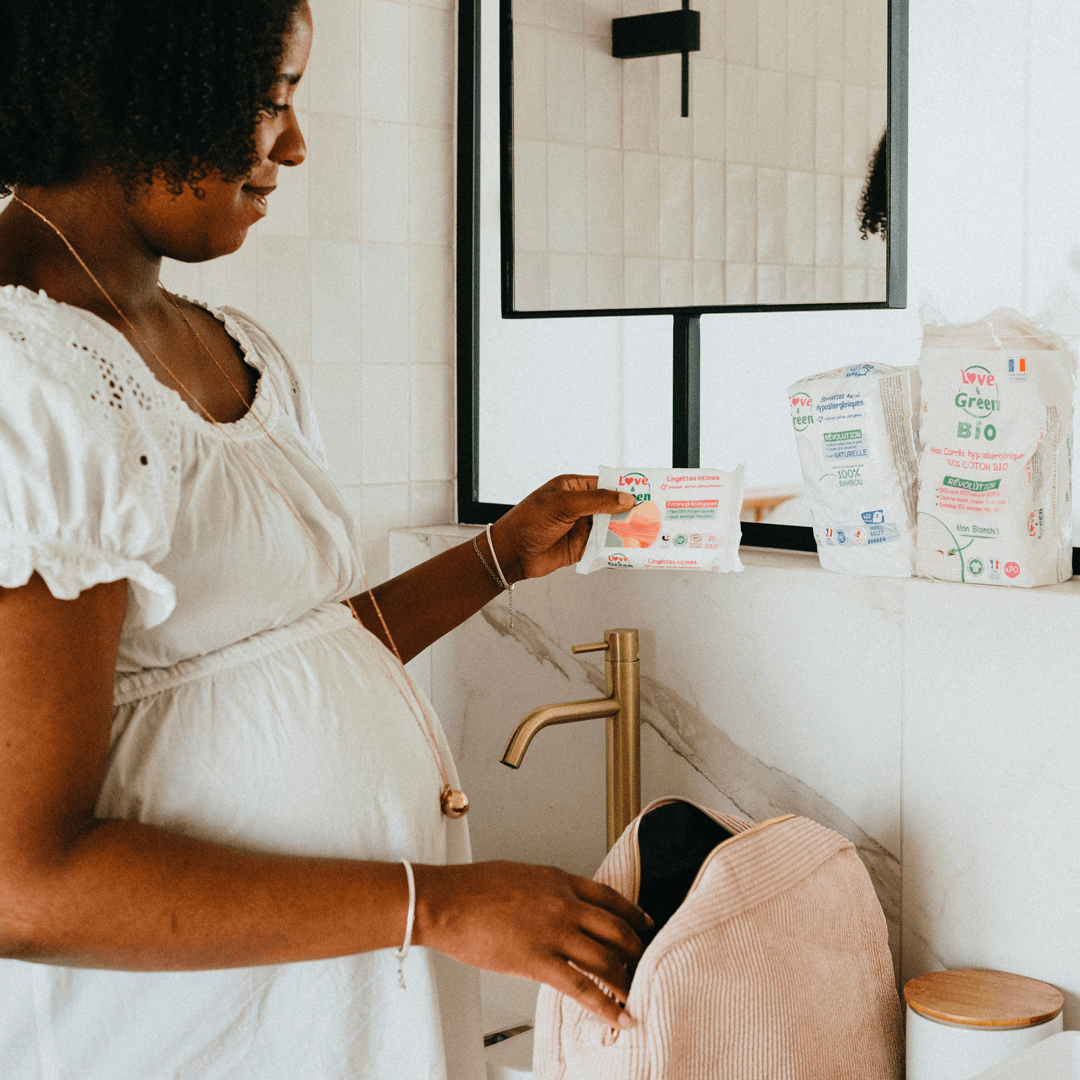When it comes to your baby's safety, the question of sleeping position is essential. The first weeks and months of life of a child are essential for its development, and sleep plays a key role in this process. As a parent, it is natural to ask questions about the best way to sleep your baby to offer him a restful sleep, while ensuring his safety.
Why is the sleeping position important?
Sleep is a crucial phase for your baby's brain and physical development. However, the position in which he sleeps can have a direct impact on his health, especially during the first months of life. Indeed, certain positions can reduce the risk of accidents, such as suffocation or sudden death of infants (MSN), a tragic but avoidable phenomenon thanks to safe sleep practices.
The recommended position: the back
One of the most important recommendations to ensure safe sleep for your baby is always to sleep on their backs. This position is widely supported by pediatricians and health organizations, including the World Health Organization (WHO) and the pediatric company.
Why sleep baby on the back?
-
Reduction of the risk of sudden infants (MSN) : Sleeping baby on the back considerably reduces the risks of sudden infant death. Studies have shown that babies lying on the belly have a much higher risk of suffocation, because their respiratory tract can be obstructed. The position on the back keeps the airways released.
-
Brain development and mobility : The position on the back promotes optimal cerebral development and allows the baby to strengthen his neck and shoulder muscles. This also promotes healthy development of the head and neck, which prevents problems such as plagiocephaly (flat head).
-
Breathing improvement : The position on the back also promotes more regular and effective breathing, which is particularly important during the first weeks of life.
Avoid: sleeping baby on your stomach or on the side
Certain positions are dangerous and must be avoided at all costs.
● Stomach : Sleeping baby on the belly is one of the main causes of sudden infant death. When the baby is on the belly, his face can be buried in the mattress, which increases the risk of suffocation. In addition, this position prevents the baby from redressing easily if his respiratory tract is obstructed.
● Side : Although this position is sometimes considered safer than the belly, it remains risky. Indeed, a baby who turns himself on himself during his sleep can end up on his stomach without anyone noticing. It is therefore preferable to avoid this position.
Other considerations for a safe sleep
In addition to the sleeping position, there are other practices that will guarantee your baby a safe sleep.
- A firm mattress : It is essential that the mattress is firm and well suited to the baby bed. A mattress too soft, like those of adult beds or pillows, can increase the risk of suffocation.
- Avoid pillows, blankets and plush : Pillows, blankets, stuffed animals or any other object in the baby bed must be avoided. These elements represent a risk of suffocation, especially if baby is too young to move alone. Beans or turbulets are recommended, and must be the only element in the baby bed. Bed towers are also to be avoided because it represents a risk of burial of the face.
- The umbrella bed can be used in an extra, occasional, But only with the firm mattress supplied, we should not add mattresses on it. Even if the plan may seem hard, it is suitable for baby sleep and safety.
- Room temperature : Keep your baby's room at a comfortable temperature, preferably between 18 and 20 ° C. Excessive heat increases the risks of sudden infants.
- Room sharing, no bed : It is advisable to make your baby sleep in the same room as you, but on a separate bed. This reduces the risk of suffocation linked to the sharing of the same bed while allowing easier monitoring. A co-dodo bed or a cradle can be used. WHO recommends keeping baby in the room at least up to her 6 months.
The importance of surveillance
Even with all precautions, it is crucial to remain vigilant. Always monitor your baby's sleep habits and adjust them as they develop. If you have doubts or concerns about your baby's sleep position, do not hesitate to consult a pediatrician.
In conclusion, the sleeping position is an essential aspect of your baby's sleep. By following the recommendations of healthcare professionals, in particular to sleep your baby on the back, you reduce the risks linked to the sudden death of the infant while promoting healthy development. A safe sleep environment, a firm mattress, and a room at a pleasant temperature are all items to take into account to provide your baby with a restful and secure sleep.
Article co-written with Dr. Emilia Pires

